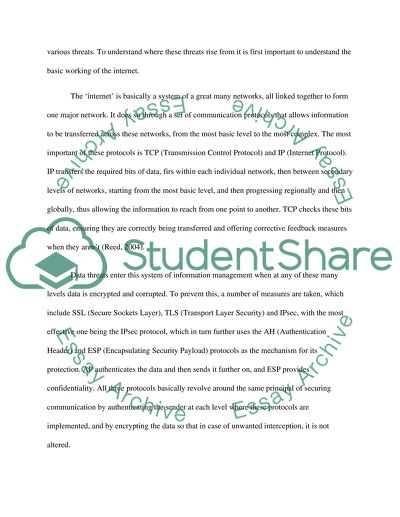Cite this document
(“Internet Security Research Paper Example | Topics and Well Written Essays - 1750 words”, n.d.)
Retrieved from https://studentshare.org/family-consumer-science/1417387-internet-security
Retrieved from https://studentshare.org/family-consumer-science/1417387-internet-security
(Internet Security Research Paper Example | Topics and Well Written Essays - 1750 Words)
https://studentshare.org/family-consumer-science/1417387-internet-security.
https://studentshare.org/family-consumer-science/1417387-internet-security.
“Internet Security Research Paper Example | Topics and Well Written Essays - 1750 Words”, n.d. https://studentshare.org/family-consumer-science/1417387-internet-security.


